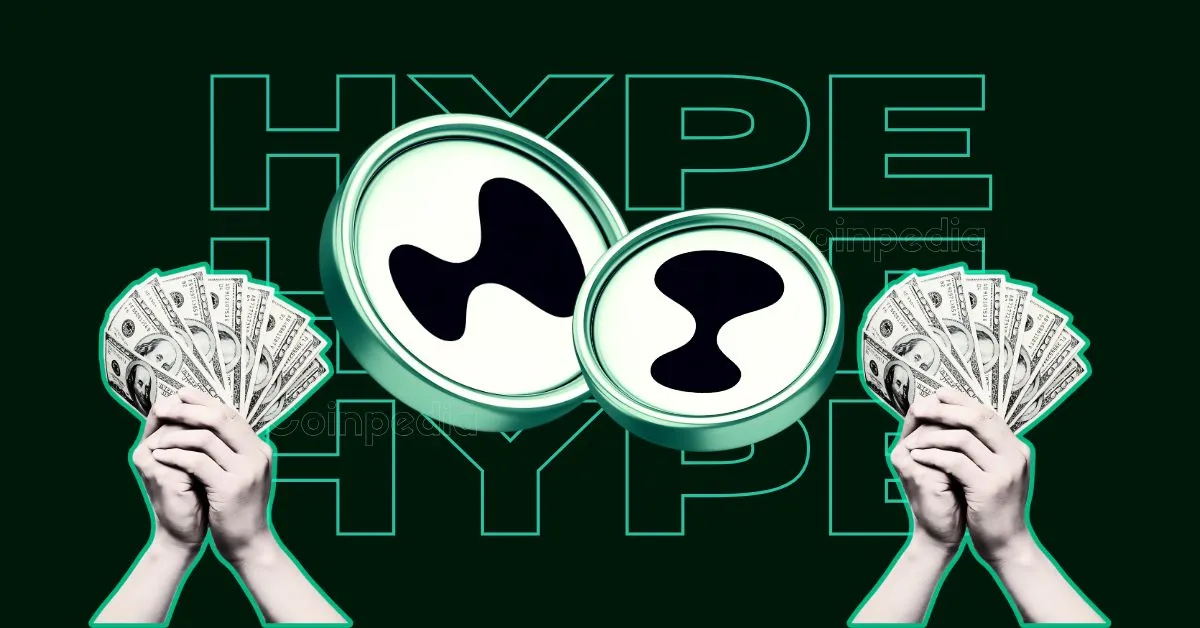
In crypto trading, liquidity can be both a strength and a weakness. And sometimes, the line between strategy and exploitation gets blurry. A recent trade on Hyperliquid’s HLP vault led to a staggering $4 million loss – not because of a hack or a bug, but because a trader played the system to perfection.
With a clever move, they turned $10 million USDC into a $271 million Ethereum long position, walked away with $1.8 million in profit, and left HLP to absorb the damage. It’s the biggest single-day loss for the vault since its launch in May 2023. Now, analysts like Three Sigma are questioning whether liquidation-based protocols are leaving themselves wide open to traders who know exactly how to work the mechanics in their favor.
HLP is Hyperliquid’s liquidity pool, where users deposit funds to earn passive income from market-making and liquidations. It generally profits when traders lose, but automated strategies can sometimes be used against it. This is exactly what happened when a trader withdrew collateral in a way that forced HLP to take over a bad trade, leading to a $4 million loss.
Exiting a massive position without crashing the market is tricky. Instead of selling Ethereum directly into the order book, the trader found another way. They withdrew their collateral, which reduced their margin and triggered a forced liquidation. As a result, HLP was left holding a $286 million Ethereum long position.
The Hidden Strategy
The trader knew that HLP’s forced selling would push ETH prices lower. To take advantage of this, they likely hedged by shorting ETH on another exchange, possibly Binance. As ETH’s price dropped, they made a profit while HLP absorbed the losses.
Hyperliquid argues that this wasn’t a traditional exploit. Unlike GLP, which is forced to take the other side of trades, Hyperliquid’s system allows market makers to step in. Even though HLP lost $4 million, it wasn’t a critical failure. The loss was attributed to execution slippage, meaning the liquidator couldn’t perfectly match entry and exit prices.
This isn’t the first time traders have tested HLP’s system. In 2023, an attacker manipulated SNX prices on centralized exchanges and exploited the vault for $37,000. Since then, Hyperliquid has adjusted its pricing models to prevent similar attacks.
Following this latest loss, Hyperliquid quickly made changes to reduce risk, including:
More risk control updates are expected in the future.
After the incident, Hyperliquid’s HYPE token briefly dropped 12% but later recovered. Despite the setback, HLP remains profitable, having generated $60 million for investors since its launch.
Risk and reward are two sides of the same coin, and for now, HLP seems determined to stay in the game.
Hyperliquid is specifically designed to enhance the efficiency, speed, and performance of Decentralized Finance (DeFi) apps.
With a potential surge, this altcoin may reach a maximum trading price of $138.16 by 2030.
The cryptocurrency world is buzzing with excitement as Ruvi AI (RUVI) gains momentum as a…
The cryptocurrency market is experiencing a pivotal moment as institutional money floods into digital assets…
Bitcoin is currently in a quiet phase. The price has been moving sideways without any…
The Smarter Web Company PLC, a publicly listed firm in the UK, has just added…
ETF analyst James Seyffart from Bloomberg recently explored an interesting hypothetical scenario. What if spot…
Shiba Inu’s 2021 surge still echoes through crypto forums, and analysts now say one of…